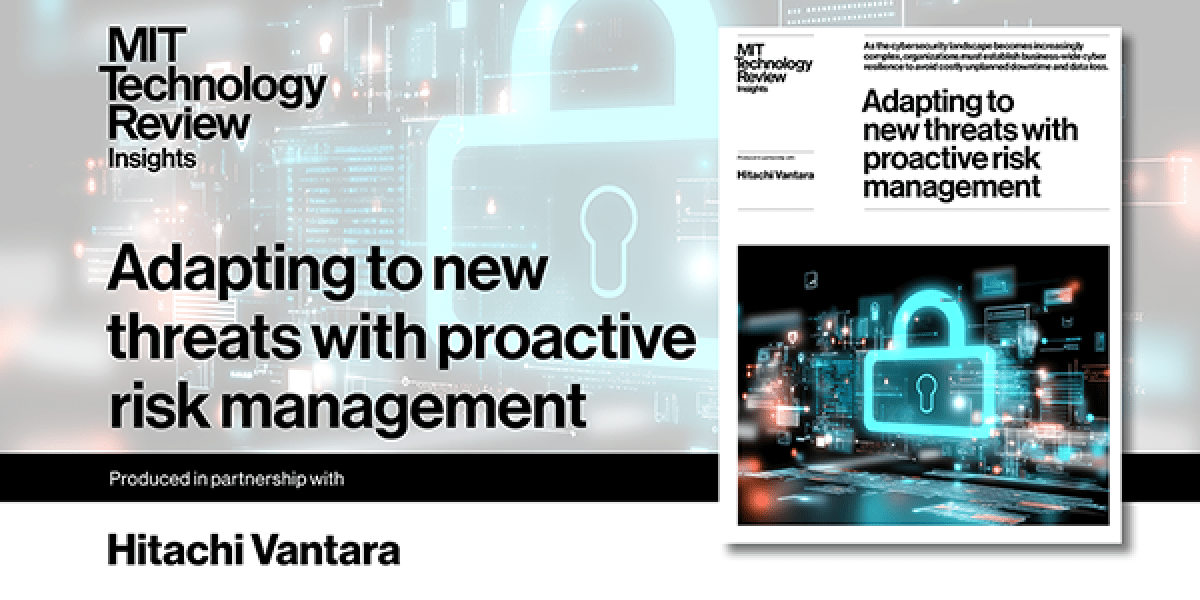Blog
Adapting to new threats with proactive risk management

Understanding Proactive Risk Management
In an ever-evolving landscape of threats, both in business and personal domains, the importance of proactive risk management cannot be overstated. Organizations today face a myriad of challenges, ranging from cybersecurity breaches to financial uncertainty. Adopting a proactive stance allows businesses to identify potential risks before they manifest, ensuring preparedness and resilience against any adverse events.
What is Proactive Risk Management?
Proactive risk management involves anticipating potential threats and implementing strategies to mitigate their impact. Unlike reactive approaches that respond to threats post-occurrence, proactive management emphasizes foresight and planning. This methodology enables organizations to allocate resources effectively, minimize losses, and safeguard their reputations.
The Importance of Proactive Risk Identification
Identifying risks before they escalate is crucial for effective management. This requires a comprehensive understanding of the environment in which an organization operates. Regular assessments and audits help in pinpointing vulnerabilities within both systems and processes.
Key Risk Areas to Monitor
-
Cybersecurity Threats: With the digital landscape expanding, businesses are increasingly susceptible to cyberattacks. Conducting frequent penetration tests and staying informed about new cyber threats is essential.
-
Financial Risks: Economic fluctuations can significantly impact an organization’s bottom line. Regular financial forecasting and scenario analysis help in anticipating changes and devising strategies accordingly.
-
Regulatory Compliance: Compliance with laws and regulations is non-negotiable. Failing to meet these obligations can result in hefty fines and damage to reputation. Keeping abreast of changes in legislation is vital.
- Operational Risks: Internal processes must be regularly evaluated to find inefficiencies or potential breakdowns. Continuous improvement practices, such as Six Sigma, can enhance operational resilience.
Developing a Proactive Risk Management Strategy
Creating an effective risk management strategy involves several key steps. Each phase helps in building a robust framework that not only identifies but also mitigates risks.
Step 1: Risk Assessment
The first step is to carry out a thorough risk assessment. This involves identifying all the potential risks and evaluating their likelihood and impact on the organization. Techniques such as SWOT analysis (Strengths, Weaknesses, Opportunities, Threats) can be useful here.
Step 2: Risk Mitigation Planning
Once risks are identified, organizations should develop mitigation plans. For each identified risk, businesses need to create a plan that outlines how to minimize its potential impact. This might involve deploying new technologies, implementing training programs, or changing operational procedures.
Step 3: Monitoring and Review
Risk management is not a one-time effort. Continuous monitoring is necessary to review the effectiveness of existing strategies and make adjustments as needed. Organizations should establish key performance indicators (KPIs) to gauge their risk management success.
Step 4: Developing a Risk-Aware Culture
An organization’s culture plays a vital role in effective risk management. Encouraging a culture where employees at all levels are aware of risks and invested in identifying and mitigating them is crucial. Regular training sessions and workshops can foster this culture.
Leveraging Technology for Proactive Risk Management
The integration of technology is revolutionizing the way organizations manage risk. Advanced data analytics, artificial intelligence (AI), and machine learning (ML) tools provide comprehensive insights that enhance proactive management strategies.
Utilizing Data Analytics
Data analytics allows organizations to harness vast amounts of data to identify trends and predict potential risks. By analyzing historical data, businesses can recognize patterns that may indicate future vulnerabilities.
Implementing Automation
Automation tools streamline risk management processes by minimizing human error and reducing the time spent on manual tasks. Automated monitoring systems can provide real-time alerts on potential threats, enabling a swift response.
Employing AI and ML
Artificial intelligence and machine learning offer advanced capabilities in risk analysis. These technologies can quickly process enormous datasets to identify abnormalities and potential threats that may go unnoticed by human analysts.
The Benefits of Proactive Risk Management
Adopting a proactive approach to risk management offers numerous benefits to organizations, significantly impacting overall success and sustainability.
Enhanced Decision-Making
With comprehensive risk assessments and insights, organizations can make informed decisions that align with their long-term objectives.
Improved Resource Allocation
Identifying risks early allows businesses to allocate resources more effectively, ensuring that critical areas are prioritized.
Strengthened Reputation
A robust risk management strategy not only protects an organization but also enhances its reputation. Clients and stakeholders have greater confidence in businesses that demonstrate their commitment to managing risks proactively.
Increased Resilience
Organizations that actively manage risks are better equipped to respond to unexpected events. This resilience not only protects the bottom line but also enhances long-term sustainability.
Conclusion
In today’s complex and dynamic environment, embracing proactive risk management is essential for organizations looking to thrive. By focusing on risk identification, mitigation, and continuous monitoring, businesses can navigate potential threats with confidence. Leveraging technology further enhances these efforts, empowering organizations to make informed decisions and build a culture of awareness. As threats continue to evolve, a proactive approach will remain a cornerstone of effective risk management strategies, paving the way for sustainable success.
By investing in proactive risk management, organizations can turn challenges into opportunities, ensuring a brighter and more secure future.

